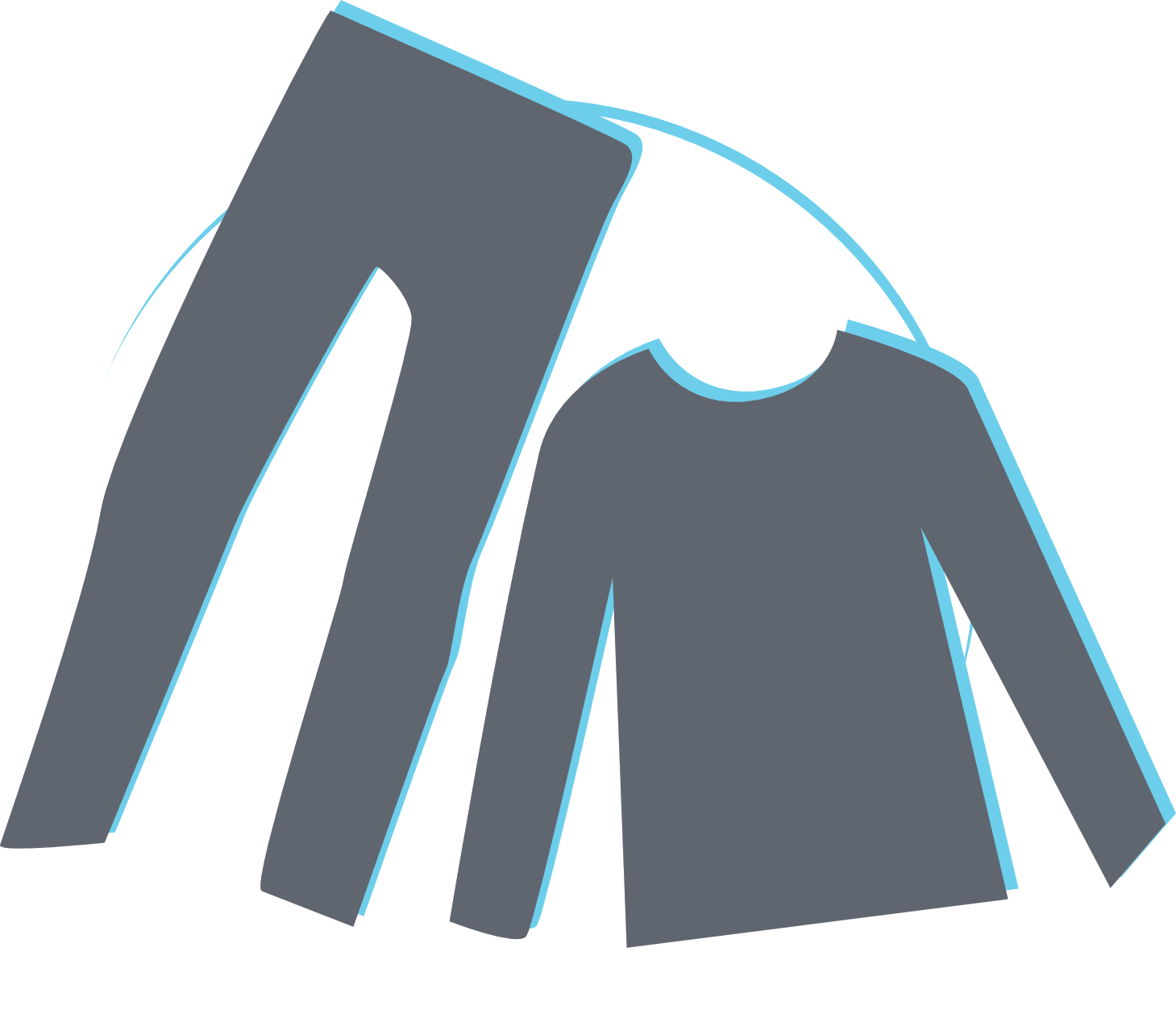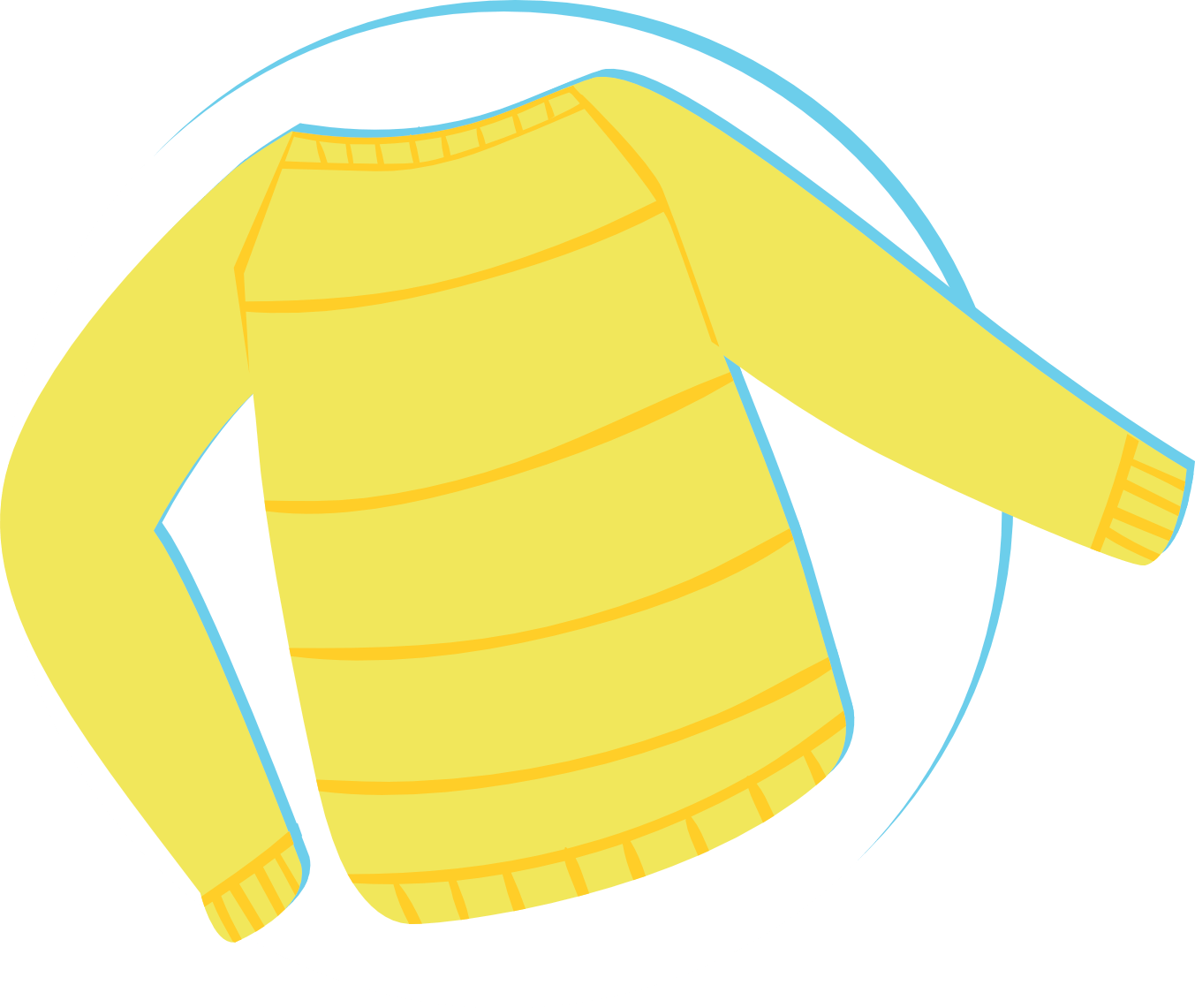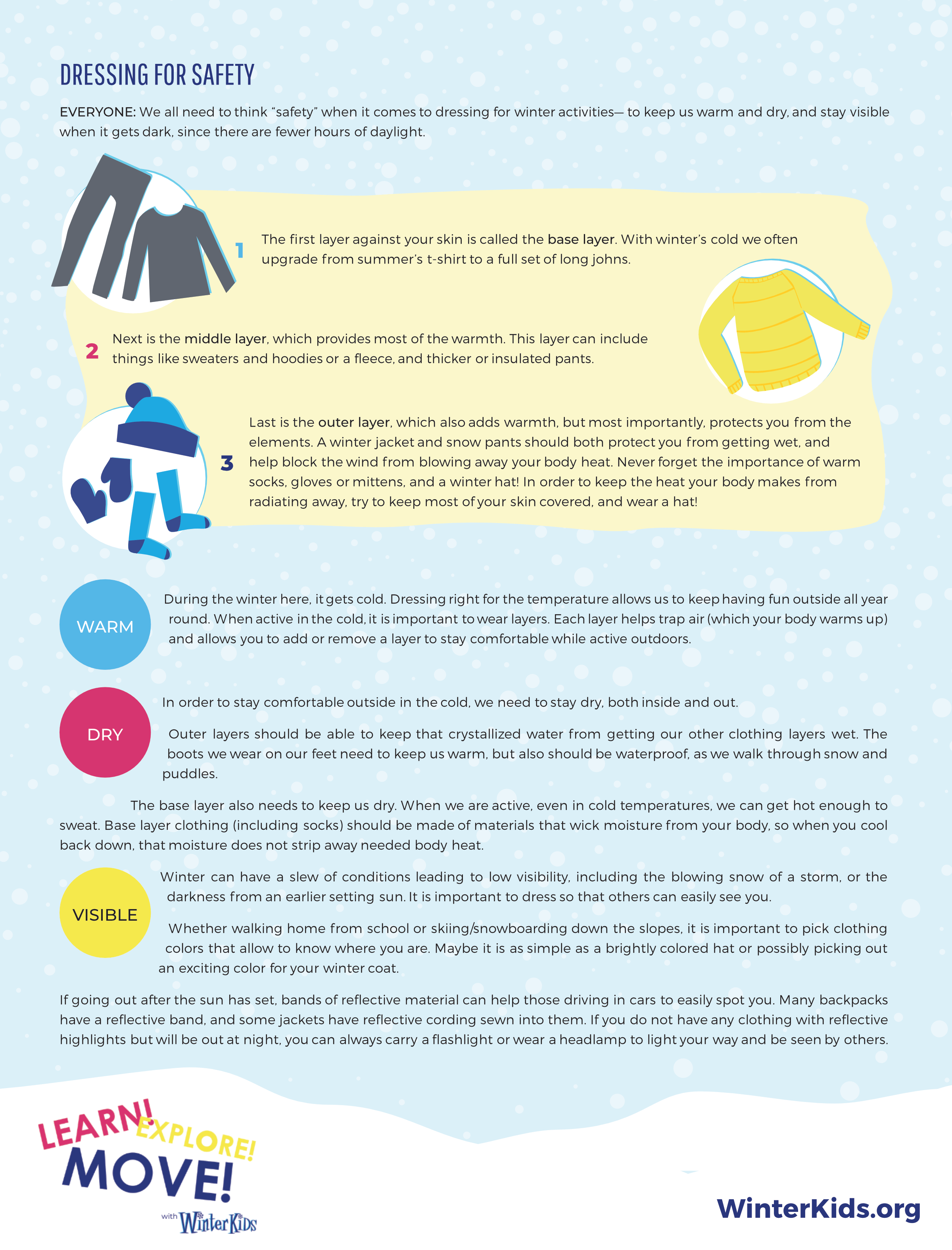Photo: students from Ames Elementary, participating in the 2019 WinterKids Winter Games
We all need to think “safety” when it comes to dressing for winter activities – to keep us warm and dry and stay visible when it gets dark since there are fewer hours of daylight. Here are some simple tips to help keep you and your family safe while you’re outside having fun this winter.
how to layer your clothing for outdoor winter fun

First Layer
The first layer against your skin is called the base layer. With winter’s cold, we often upgrade from a summer t-shirt to a full set of long johns.

Middle Layer
Next is the middle layer, which provides most of the warmth. This layer can include things like sweaters and hoodies or fleece and thicker or insulated pants.

Outer Layer
Last is the outer layer, which also adds warmth, but most importantly, protects you from the elements. A winter jacket and snow pants should both protect you from getting wet and help block the wind from blowing away your body heat. Never forget the importance of warm socks, gloves or mittens, and a winter hat! In order to keep the heat your body makes from radiating away, try to keep most of your skin covered, and wear a hat!
how proper layering keeps you safe outside in the winter
warm
During the winter here in Maine, it gets cold. Dressing right for the temperature allows us to keep having fun outside all year round. When active in the cold, it is important to wear layers. Each layer helps trap air (which your body warms up) and allows you to add or remove a layer to stay comfortable while active outdoors.
Dry
In order to stay comfortable outside in the cold, we need to stay dry, both inside and out.
Outer layers should be able to keep that crystallized water from getting our other clothing layers wet. The boots we wear on our feet need to keep us warm, but also should be waterproof, as we walk through snow and puddles.
The base layer also needs to keep us dry. When we are active, even in cold temperatures, we can get hot enough to sweat. Base layer clothing (including socks) should be made of materials that wick moisture from your body, so when you cool back down, that moisture does not strip away needed body heat.
visible
Winter can have a slew of conditions leading to low visibility, including the blowing snow of a storm, or the darkness from an earlier setting sun. It is important to dress so that others can easily see you.
Whether walking home from school or skiing/snowboarding down the slopes, it is important to pick clothing colors that allow others to know where you are. Maybe it is as simple as a brightly colored hat or possibly picking out an exciting color for your winter coat.
If going out after the sun has set, bands of reflective material can help those driving in cars to easily spot you. Many backpacks have a reflective band, and some jackets have reflective cording sewn into them. If you do not have any clothing with reflective highlights but will be out at night, you can always carry a flashlight or wear a headlamp to light your way and be seen by others.
WANT TO SHARE THIS INFORMATION ON YOUR WEBSITE OR BLOG?
Right-click the image below to save it, then add it to your site too!


